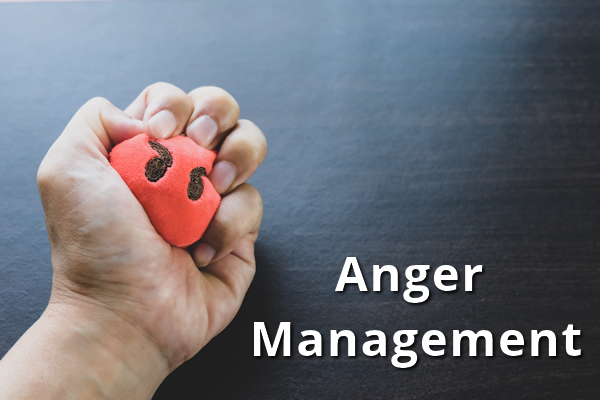 People differ in what makes them angry so understanding anger can be a complex task. Some people will perceive an event as threatening, while others see no threat at all in the same event. Our responses to anger differ as well. Some people are able to experience angry feelings and use them as a way of solving problems. Others turn their anger inward and engage in self-destructive behavior. Other people strike out when they feel angry. And some refuse to acknowledge their anger – or they confuse anger with other emotions such as vulnerability or fear.
People differ in what makes them angry so understanding anger can be a complex task. Some people will perceive an event as threatening, while others see no threat at all in the same event. Our responses to anger differ as well. Some people are able to experience angry feelings and use them as a way of solving problems. Others turn their anger inward and engage in self-destructive behavior. Other people strike out when they feel angry. And some refuse to acknowledge their anger – or they confuse anger with other emotions such as vulnerability or fear.
How Anger Affects our Body
When anger occurs, the body goes instantly into a series of mind-body reactions involving hormones, the nervous system, and the muscles. This involves a release of adrenaline that results in shortness of breath, skin flushing, muscle rigidity, and tightening in the jaw, stomach, shoulders and hands. Our thoughts can become fragmented and our eyes may dart from object to object. We become agitated and may even tremble. Our first impulse may be to take action – and this could turn out to be destructive.
Think of anger as a tool for survival. When we perceive a threat, we experience a fight or flight response. That is, we will either struggle to head off the threat or we will flee the situation. Either response can be helpful, depending on the circumstances. Anger is a tool that, when used effectively, can motivate us to solve problems and confront threats in a sensible manner.
Controlling the Escalation of Anger
When anger goes out of control the consequences can be devastating and irreparable. When people have a destructive angry episode, there is a series of steps involved in the escalation of the interaction. We should aim to stop the escalation before it spirals completely out of control. We can learn to break into this chain of behavior at any point to prevent anger from reaching a destructive level, although the interventions are more effective at the earlier stages of the sequence.
